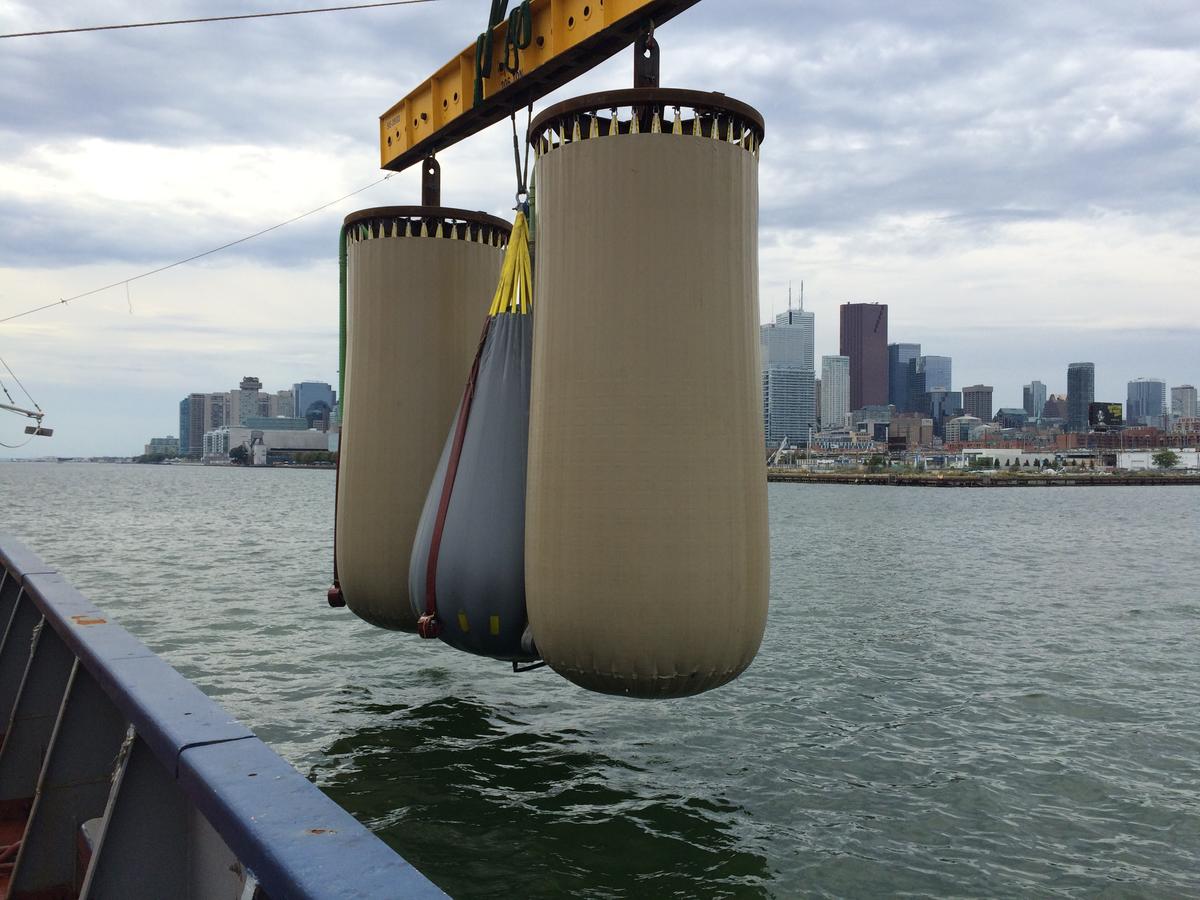The water-filled mine pits of Minnesota’s Iron Range have the potential to be more than just good fishing holes. NRRI is investigating whether they – and abandoned dry underground mines – can serve the state’s renewable energy future as energy storage facilities.
Meeting the targets for renewable energy won’t happen without ways to store energy. Solar and wind are intermittent energy sources that depend on the sun shining and the wind blowing. Energy storage allows utilities to offer the consistent, 24/7 availability that customers expect and keeps our economy moving.
Large batteries have long been considered the answer for energy storage, but they’re expensive with a finite life and limited capacity. So NRRI started exploring innovative solutions in 2011 with a study on possible locations for Pumped Hydroelectric Energy Storage using water-filled mine pits. Last fall, NRRI led another study to consider the possibilities of using underground mines and other Iron Range landscape features for Compressed Air Energy Storage. A University team of geologists and engineers outlined all considerations for adopting this technology in Minnesota including policy, permitting, geology, facility types and advancements under development.
This fall, a serendipitous connection with a Canadian firm is bringing an even newer innovation opportunity to Minnesota. Hydrostor, Inc., based in Toronto, has a patented technology that combines water and compressed air for energy storage in abandoned mine pits and shafts.
It works like this: Excess electrical energy is used to compress air which generates heat. The compressed air is pumped into large underwater balloons while another process captures the heat. When the grid needs more energy, the process is reversed, using the natural pressure of deep water to move the air through turbine generators. The stored heat is also reclaimed as the air expands and is processed by the turbine for maximum efficiency.
The company built the world’s first underwater compressed air energy storage facility on Toronto Island in 2015. The vision for Cameron Lewis, Hydrostor chief technical officer and founder, is to demonstrate his energy storage technology on a water-free abandoned underground mine shaft in northern Minnesota. It would be another world’s first.
“Our Toronto demonstration has gone great and we’re getting ready to commercialize with an Ontario company,” said Lewis. “If we can do a demonstration in Minnesota, we can learn about policy that’s needed to drive this forward and develop the business case. Minnesota is a great candidate for our technology.”
Currently, big wind farms rely on being able to shut down turbines when demand is low, which means the investment isn’t producing. Energy storage also makes sense for load shifting in big urban centers, making energy facilities more responsive improving grid efficiency.
